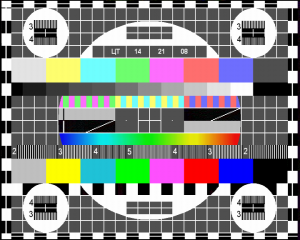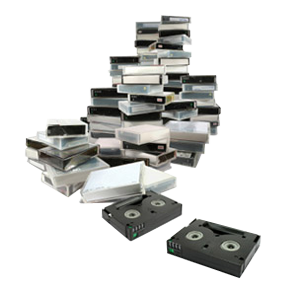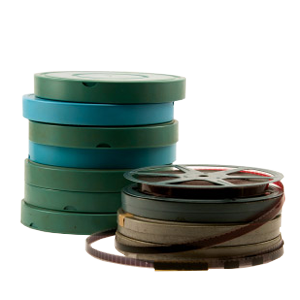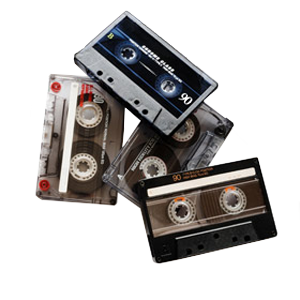In addition to PAL formatted video tapes, there is also another format called SECAM, which part of the world uses. SECAM is short for Séquentiel couleur à mémoire, which means “Sequential Color with Memory” in French. Historically, it is the first European color television standard, first used in France. Today, this format is used in France and Russia, some Eastern European, and some African countries. Additionally, many media transfer facilities are able to convert SECAM to DVD, SECAM to NTSC, and SECAM to PAL conversions

Technically, SECAM is similar to PAL. The difference being that SECAM does not use phase to modulate the color sub-carrier and only sends one set of color information, not two. SECAM uses a YDbDr modulation and has a delay line to remember the information from the previous line.
Unlike PAL or NTSC, analog SECAM television cannot easily be edited in its native analog form. Because it uses frequency modulation, SECAM is not linear with respect to the input image (this is also what protects it against signal distortion), so electrically mixing two (synchronized) signals does not yield a valid signal, unlike with analog PAL or NTSC. For this reason, to mix two SECAM signals, they must be demodulated, the demodulated signals mixed, and are remodulated again. Hence, post-production is often done in PAL, or in component formats, with the result encoded or transcoded into at the point of transmission. Reducing the costs of running television stations is one reason for some countries’ recent switchovers to PAL.
Most TVs currently sold in SECAM countries support both SECAM and PAL, and more recently composite video NTSC as well (though not usually broadcast NTSC, that is, they cannot accept a broadcast signal from an antenna). Although the older analog camcorders (VHS, VHS-C) were produced in SECAM versions, none of the 8 mm or Hi-band models (S-VHS, S-VHS-C, and Hi-8) recorded it directly. Camcorders and VCRs of these standards sold in SECAM countries are internally PAL. They use an internal SECAM to PAL converter for recording of broadcast TV transmitted in SECAM. The result could be converted back to SECAM in some models; most people buying such expensive equipment would have a multistandard TV set and as such would not need a conversion. Digital camcorders or DVD players (with the exception of some early models) do not accept or output a SECAM analog signal. However, this is of dwindling importance: since 1980 most European domestic video equipment uses French-originated SCART connectors, allowing the transmission of RGB signals between devices. This eliminates the legacy of PAL, SECAM, and NTSC color sub carrier standards.
Europe, at the time, considered NTSC to be undesirable because of its problem with tint and requiring an additional control. SECAM and PAL solved these problems. On a side note, the joke at the time was that “SECAM” stood for “Something exceedingly Contrary to the American Method” versus NTSC “Never Twice the Same Color” whilst “Peace At Last” was granted to the PAL system. Another version of the joke explains PAL as “Picture Always Lousy”, “People Are Lavender”, “Pay Another License”.









